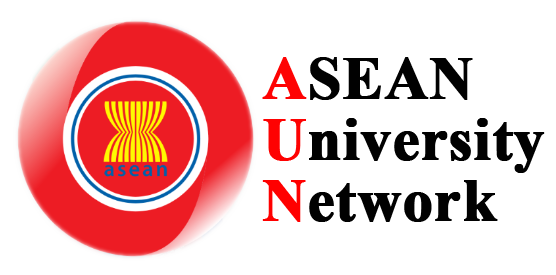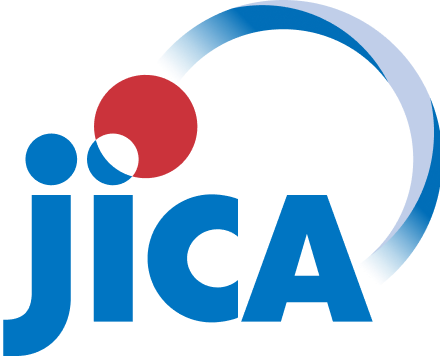SEPARATION OF ETHANOL-WATER MIXTURE BY PERVAPORATION WITH ORGANIC COMPOSITE MEMBRANE: MODELLING OF SEPARATION PERFORMANCE USING MODEL PARAMETERS DERIVED FROM EXPERIMENTAL DATA
DOI:
https://doi.org/10.11113/aej.v2.15368Abstract
The permeation behavior of ethanol and water in pervaporation (PV) experiments using organic composite membrane; that is a polyvinyl alcohol (PVA) based active layer and a polyacrylo nitrile (PAN) supported layer was studied by measuring permeation flux and separation factor. The effects of permeate pressure (20-50 mbar), feed water concentration (5-1 wt%), and feed temperature (65-75 °C) were examined in this study. It was found that permeate pressure raised with reducing permeate flux and separation factor. Permeation flux enhanced and separation factor reduced with increasing feed water concentration and feed temperature. The solution-diffusion model that was derived by combination of Henry’s law of sorption and Fick’s law of diffusion was proposed to predict the solution-diffusion-desorption steps with a general driving force term and a permeation term. The activity coefficient of component in the ethanol water mixtures was calculated with UNIQUAC model. The solution-diffusion model was applied to predict the pervaporation flux through the PVA/PAN composite membrane. This model was successfully applied to the correlation of experimental results obtained with an organic composite membrane







